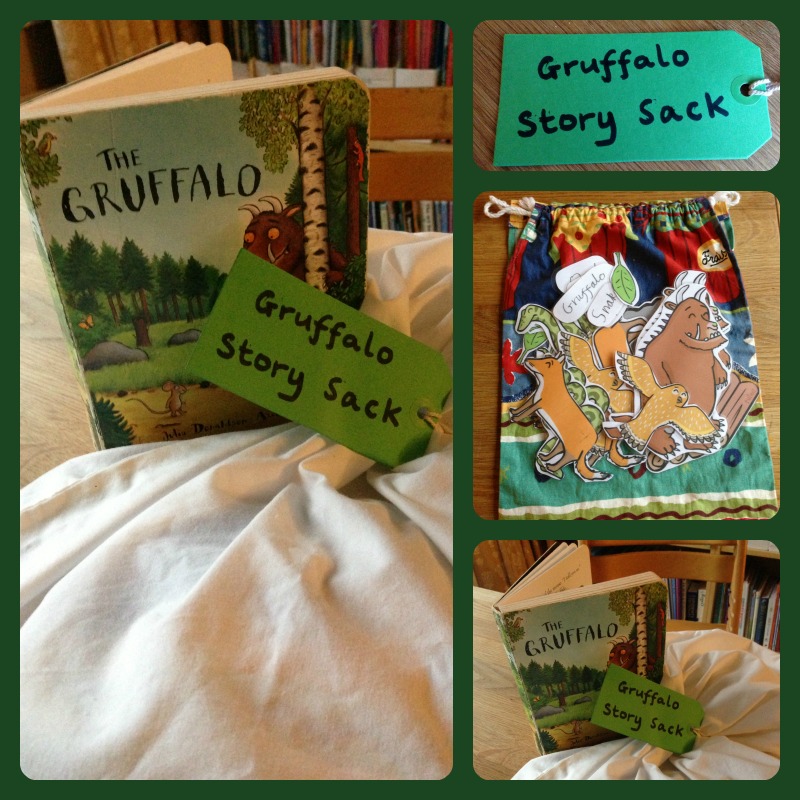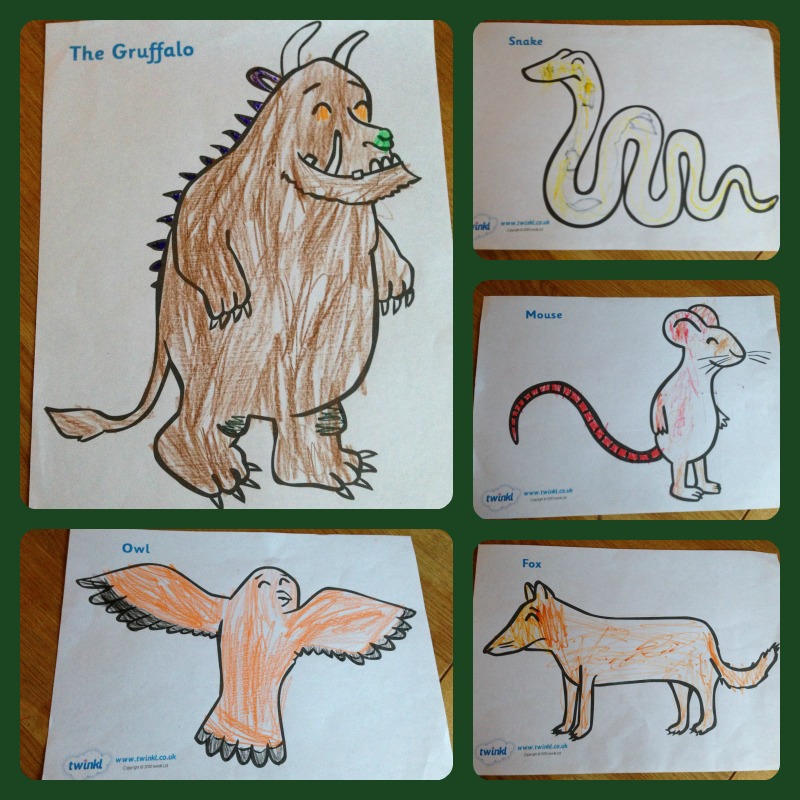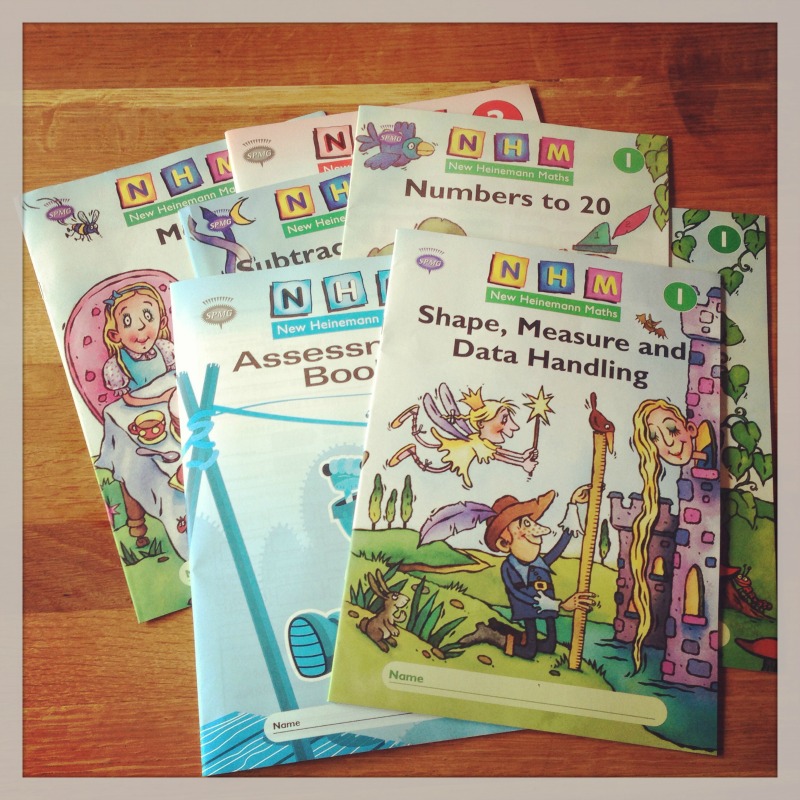I have been meaning to write a post about why we home educate for a long time, so I was really pleased when I heard Jax was planning a Not Back to School Home Education carnival. And even more so when she kindly provided some questions and prompts to get me started.
Why do you home educate?
As a teacher, I was already disillusioned with the school system before I had children, so when Owl was born I knew I would prefer to home educate. However, I didn’t know anyone else who was doing it at the time and it seemed hard to imagine taking the plunge. So we tried school when he was a little over four years old. It was a bad experience, he wasn’t happy and I wish it hadn’t taken us four terms to decide to take him out – such a lot of wasted time. But ever since he left school he has been much happier, and we have had a lot of fun together, so we have just continued in the same way with the other children who have never been to school.
There are so many benefits of home education for us that it would be impossible to list them all here. In no particular order here are some of them: freedom to follow the children’s interests, much more time to play, more efficient and in-depth learning, friendships with other home educating families, more family time together, less stressful mornings and evenings, visiting attractions when they are quieter and going on holiday in term-time.
How do you home educate?
We make it up as we go along! Our approach would probably be described as semi-structured. We have some text books and work books, we also do topic work which is often suggested by the children and we read, read and read some more. We do lots of art, craft and cooking. We spend as much time outdoors as we can and join with our home educating friends for lots of outings and activities. And we play a lot.
Is there anything you’d do differently if you did it all again?
Home educate from the beginning.
What’s your favourite resource/book/website?
My two favourite home education blogs are Live Otherwise (and I’m not just saying that because this post is for Jax!) and Patch of Puddles (which I still count as a home education blog even though the Puddle chicks are currently at school.)
The book that helped me decide to home educate was Free Range Education edited by Terri Dowty. I also like Learning without School by Ross Mountney.
What’s the daftest question you have ever been asked about home education?
There are so many competing for this one it’s hard to choose, but it would probably have to be “What about socialisation?” My children have so many friends and such a busy social life that the challenge is managing to have a quiet day at home together occasionally.
Advice for those who say…
“…I’d love to home educate but I don’t have the courage.” Try it and the chances are you will love it and wonder why you didn’t do it sooner. If not, the schools will still be there.
“…I wouldn’t know where to start.” Start with whatever your child is interested in and go from there. It really doesn’t have to be complicated. Find some local home educators and see how they do it.
“…We can’t afford it.” This is the hardest one. It is an issue for almost every home educator, but we manage, and there are some inspirational home educating single parents putting the rest of us to shame with their financial juggling skills. If your child is seriously unhappy in school you will be motivated to find a way, but why let it go that far?
“…I could never do Maths.” You almost certainly could, but if you really don’t want to you could hire a tutor (if you can afford it), use learning websites (there are plenty of good ones) and/or rope in a friend/ family member/ another home educator to help you with the subjects you are less confident about teaching.
Typical day photos…
We don’t really have a typical day and certainly not in the summer, but this might be a good place for some random summer highlights.


What would your perfect home ed life look like?
I am so tempted to say we would live in a yurt in the middle of nowhere but I suspect that’s not really true. On a farm would be good, though I’d probably make a terrible farmer. Or maybe the opposite extreme – I’d quite like to live in Cairo again. But we are so lucky with what we have and where we live that I should probably stick with the here and now and be grateful. So my perfect home ed life would look pretty much like the one I am living… but maybe a bit less busy!











































